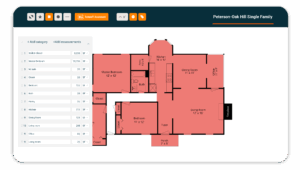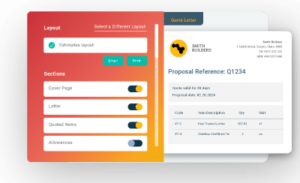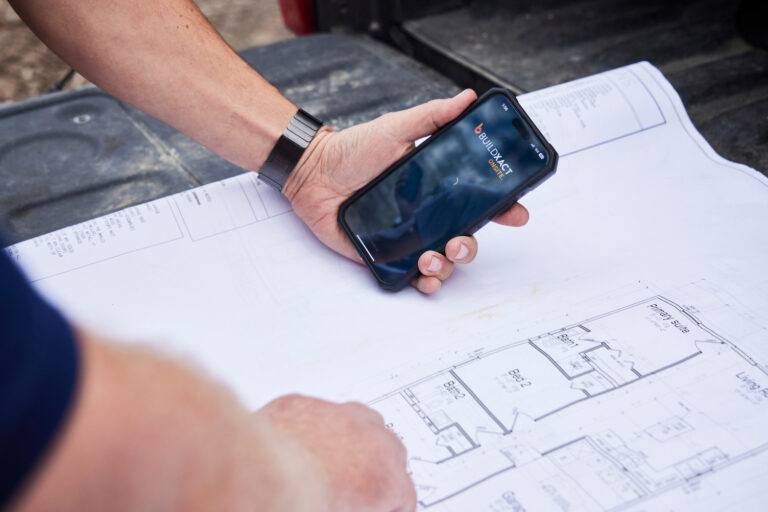How do construction bids work?
Successful construction bidding takes a combination of science, art and attention to detail. The more detail added to your bid, and the more care taken, the more likely you are to win the construction projects that grow your business.
Alongside good preparation and an understanding of the requirements, project management software helps deliver the accuracy and professional touch needed to impress your clients.
So what is the trick to submitting a winning bid in the construction bidding process?
Let’s have a look at the different types of construction bid proposals that clients will offer. Different bid types offer varying opportunities for companies like yours to participate in competitive project opportunities.
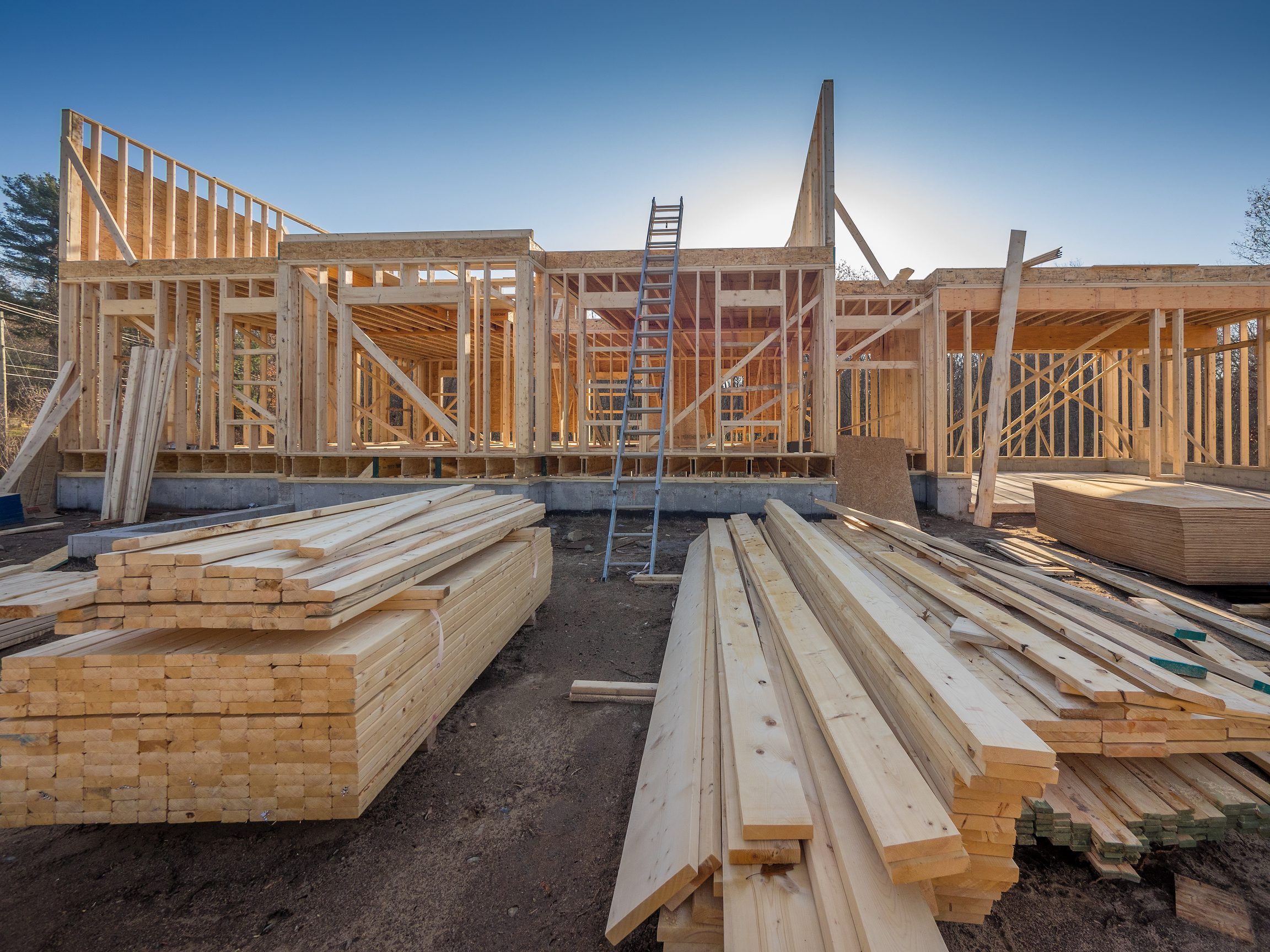
How the bidding process varies
Open
Open bids can be found on platforms like construction bidding websites or word of mouth and are offered as both government or private projects. Open bids allow anyone to present a proposal, providing an equal chance for all suitable companies to submit the winning bid.
Selective
As the name suggests, these types of bid proposals are by invitation only. Specific businesses known to the client that can provide the services sought will receive a bid invitation, and only they can then submit a proposal.
Negotiated bids
Negotiated bids entail a single contractor receiving a bid solicitation for a new project or extending a current contract. This type of bid allows the general contractor to be involved with project owners at the planning stage of a new project.
Single-stage and two-stage bids
A single-stage bid requires all information required to estimate and quote on a price to be available at the time of construction bidding. The two-stage bidding process involves appointing a builder before all the required information becomes available, with a fixed price negotiated later; thus, allowing work to begin immediately.
Serial bids
Most construction companies will perform similar work for construction jobs in terms of quantities or scope of work. In these cases standardized construction bidding templates can be prepared, allowing what is called serial bidding.
Framework bids
Framework bids allow a client to invite responses from suppliers in anticipation of future requirements.
Public bids
Bids on government projects offer a competitive bidding process – winning government contracts is an aspiration for most construction managers.
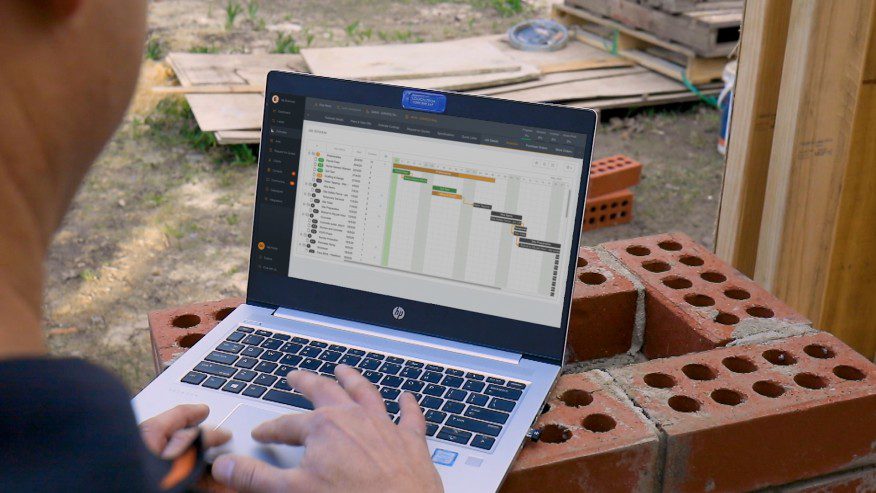
The project delivery method of home construction
Completion of a project requires the integration or delivery of multiple phases, and these must be clearly stated in a written contract. The preferred project delivery methods are chosen by the client. There are several options, some of which are described below:
Design Bid Build (DBB)
This is the traditional model for project delivery also called design-tender. In this method, the builder contracts separate organizations to complete the design of the project and its construction. The design-bid-build method consists of three stages: the design stage, the bidding stage and the construction phase.
Design Build (DB)
The DB method allows an owner to enter into one agreement with a company that offers both design and build. Costs can be progressive or fixed using the Construction Management at Risk (CMAR Method), which entails a commitment from the construction manager to complete and deliver a project at a guaranteed maximum price (GMP).
Integrated Project Delivery (IPD)
A newer form of project delivery is the Integrated Project Delivery (IPD) method which entails a single, multi-party contract between the owner, the construction company and the designer whereby each party shares financial risks and profits, based on agreed measurable outcomes.
The Construction Bidding Process
Preparation is Key to Improving your Bid Hit Ratio
Preparation and accuracy are major contributors to submitting a successful bid during the construction bidding process. Read through the project requirement thoroughly and carefully. Ensure that you are aware of the scope of the job and all the necessary requirements such as equipment, ticketed personnel, materials or other services.
Are you the right fit?
If your business has the expertise, experience and capabilities the client is asking for, you are likely to be a strong contender.
Make sure that your bid proposal is aligned with the business goals of the customer. Ensure you are fully aware of the buyers’ technical requirements and tailor your bid to meet them. Don’t send the same response for each job you pursue, alter each one to be a perfect match for the project at hand.
Ensure accuracy
Use estimating software such as Buildxact to prepare a thorough estimate of your costs. You want to see what you are up against before you factor in your profit margin. You need to know if the project is financially beneficial to your company before you formulate a response to the bid.
Once you decide to move forward, get your tender in well before the end of the submission date. Chase up documents and have your template ready to go as soon as clients solicit bids.
Know your client
Remember to research your client well and pitch to their values and strengths. Your company’s aims and values should align with the clients. Ask for feedback after the construction bidding process has closed, even if you are unsuccessful in winning the job.
Have construction project documents ready
To be ready to partake in construction bidding at any time, have documentation prepared and ready to be submitted with your winning bid.
Have a solid team
Having a strong administration team is a positive for tenders – companies want to know there will always be someone to answer the phone or answer emails if they have queries or questions.
Capability statement
Your capability statement and company profile should include:
- Three years minimum of experience or what is commonly known as trading history–longer for complex projects or a large contract;
- Case studies showing relevant past performance and completed construction projects that are relevant to the construction bidding proposal;
- A list of memberships and relevant certifications, including ISO accreditation;
- A clear graphic displaying your business organization: team members bios and resumes;
- An accurate cost estimate using estimating software such as Buildxact;
- Project management methodology;
- Images that illustrate your performance capabilities.

Completing your bid submission
If the construction bidding process includes specific documentation to complete or templates are provided, be careful to fill them out as requested. Once you have completed all documents, tick off the list supplied by the project owner.
Comply with all requests including signatures where required. Missing signatures is a common mistake. You may need to get witnesses or a notary’s signature for some forms.
Selection Criteria
Construction bidding often includes a selection criteria that must be completed precisely. Analyze the questions and decide how best to word your answer.
Ensure you respond precisely as requested to all questions including answering specific questions in a request for proposal (RFP).
Grammar and spelling are also important, including the name of the company. Your bid proposal should be concise and flow well. If the construction bidding is highly competitive, you can’t afford to present a sloppy submission.
Professional Presentation
Documentation must be professionally presented for any construction bidding. Have your bid proposal looked over by a professional or use estimating software such as Buildxact, which will assist in producing a professional construction bid.
Diagrams and graphs are useful to make your bid visually interesting and provide clear illustrations to back up your content. Make sure you stick to any word limits in the template, if one is provided, or in the submission instructions.
Realistic Construction Bidding
With many private projects, a low bid is not the deciding factor. Your bid proposal needs to be honest and reflect what the firm can offer. Timelines also need to be realistic – winning the contract and then not performing as promised is a good way to destroy your reputation and fail to win further contracts.
Governments often use the Best Value Source Method (BVS) to determine the winning contractor during construction bidding selection. This methodology ascertains the greatest value, including quality, reliability, timeframes as well as cost.
Construction estimate software can ensure your calculations are correct and that your bid will be accurate. It can also reduce the time to produce accurate estimates and budgets for your construction bidding submission and can help you reach an achievable price to offer.
Your business brand
Your company website should be updated, have a professional look and feel, be easy to navigate and match the information in your bid documents. It should clearly outline your business expertise and experience including previous projects. List any professional conferences, industry events you have attended or exhibited at, awards won and ISO accreditation.
Building professional relationships and attending industry networking events can help promote your company and provide name recognition during a bid selection. It all helps in a competitive construction bidding environment.
Know your competition
Your point of difference to your competitors needs to be highlighted – point out what makes you a better option than your rivals. Take some time to emphasize your unique selling point and your points of differentiation from your rivals. Do you have a unique value proposition you can sell?
Health and Safety Report
Health and safety is an often overlooked part during construction bidding. Your occupational health and safety report will be scrutinized, particularly if you are dealing with a large company. No matter how well written your policy is, your client will want proof that you are actually following the policy and taking health and safety in the workplace seriously.
Keeping track of all safety incidents, applications of first aid, and lost hours due to safety events is important and must be included in your tender – without these figures, the tender is not credible and will be relegated to the trash.
Submitting successful bids every time
Using Buildxact software has helped many construction companies win thanks to its accurate and easy methods for takeoff, quoting, scheduling, cost tracking, estimating and accounting integration. Adopting software that allows automatic and professional quotes to be created using stored information, templates and the ability to access these features at any location, has transformed construction management and streamlined workflow.
Find out how Buildxact can help your construction project delivery and competitive bidding by asking for a free demo and free trial.







